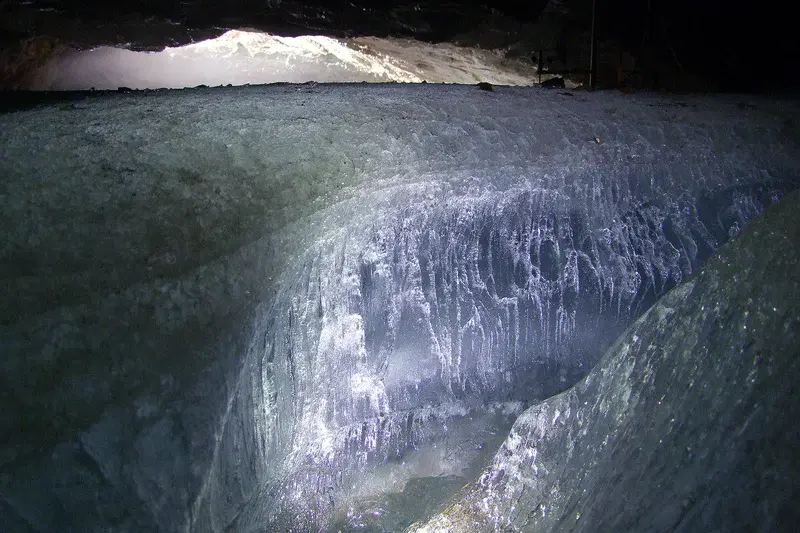
Paleoclimate archive of the "Leupa" Ice Cave
by Renato R. Colucci, Dept. of Earth System Sciences and Environmental Technology. CNR-ISMAR, Trieste, Italy
Permanent ice deposits formed by water circulation in karstic voids or by firnification of snow deposits, are very well developed in the limestones caves of Julian Alps (southeastern European Alps). Their existence are often related to air circulation and cold traps, but may also indicate the occurrence of permafrost conditions in rock.
Suche ice deposits represent the lesser-known portion of the cryosphere. Despite being not so widespread and easily reachable as mountain glaciers and ice caps, ice-caves preserve several information about past environmental changes and climatic evolution.
Their main characteristics is to have ground-ice older than 2 years, many authors are prone to consider ice-caves as sporadic permafrost phenomena. Here, from "Leupa ice-cave", Canin-Kanin massif (2587 m a.s.l.)
Categories
Location
- Europe (3893)
- Southern Europe (1691)
- Italy (433)
- Exact location (13.3813 E, 46.3242 N)
Tags
Colours
Image properties
1800 × 1200 px;
image/jpeg; 2.3 MB
Camera:
Fujifilm FinePix S100FS
Taken on 22
July
2014
Submitted on 25 February 2017
Licence
Creative Commons Attribution-NonCommercial-ShareAlike 3.0 Unported (CC BY-NC-SA 3.0)
Credit
Renato R. Colucci (distributed via imaggeo.egu.eu)
Share
Appreciate
Report